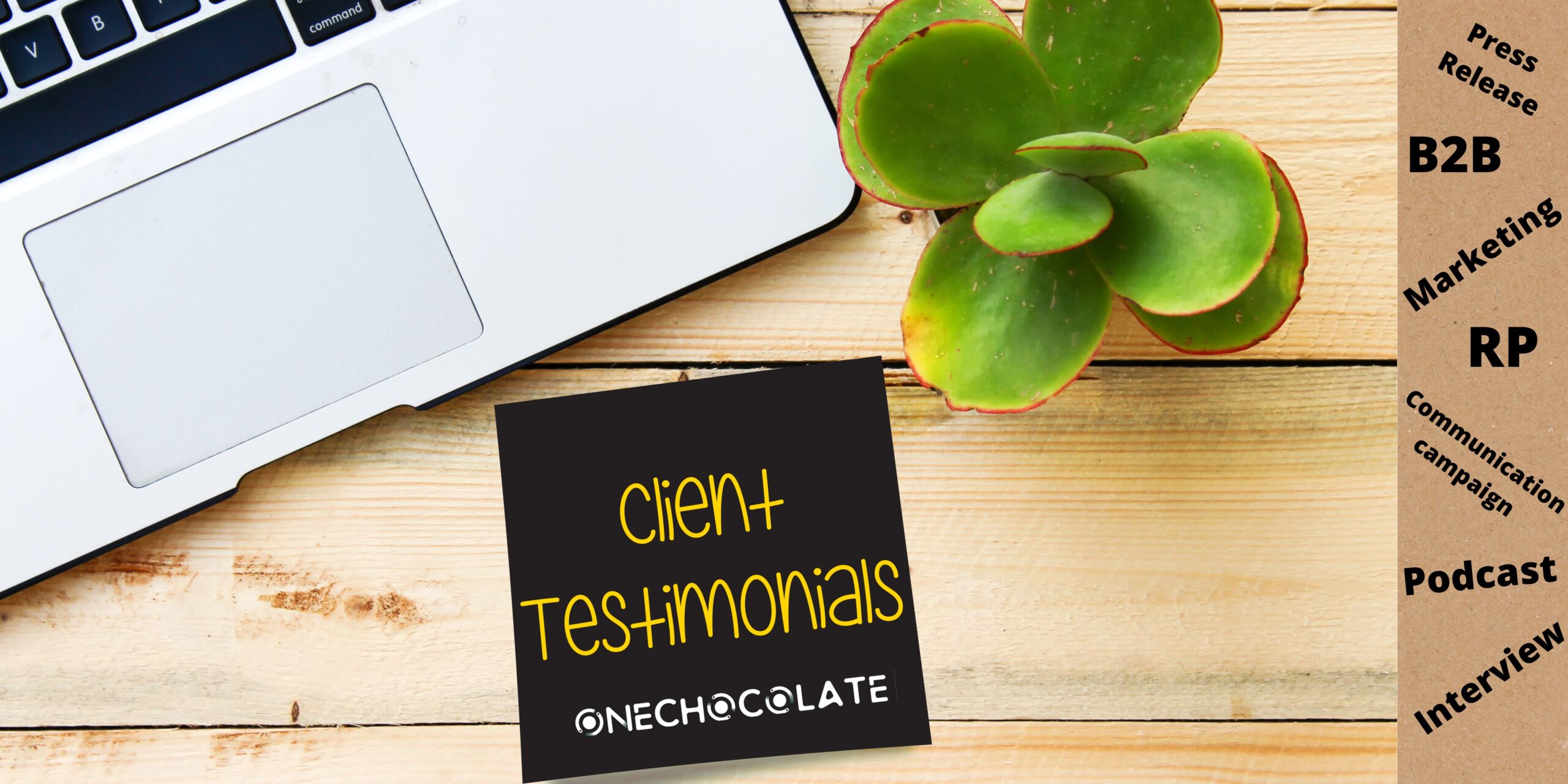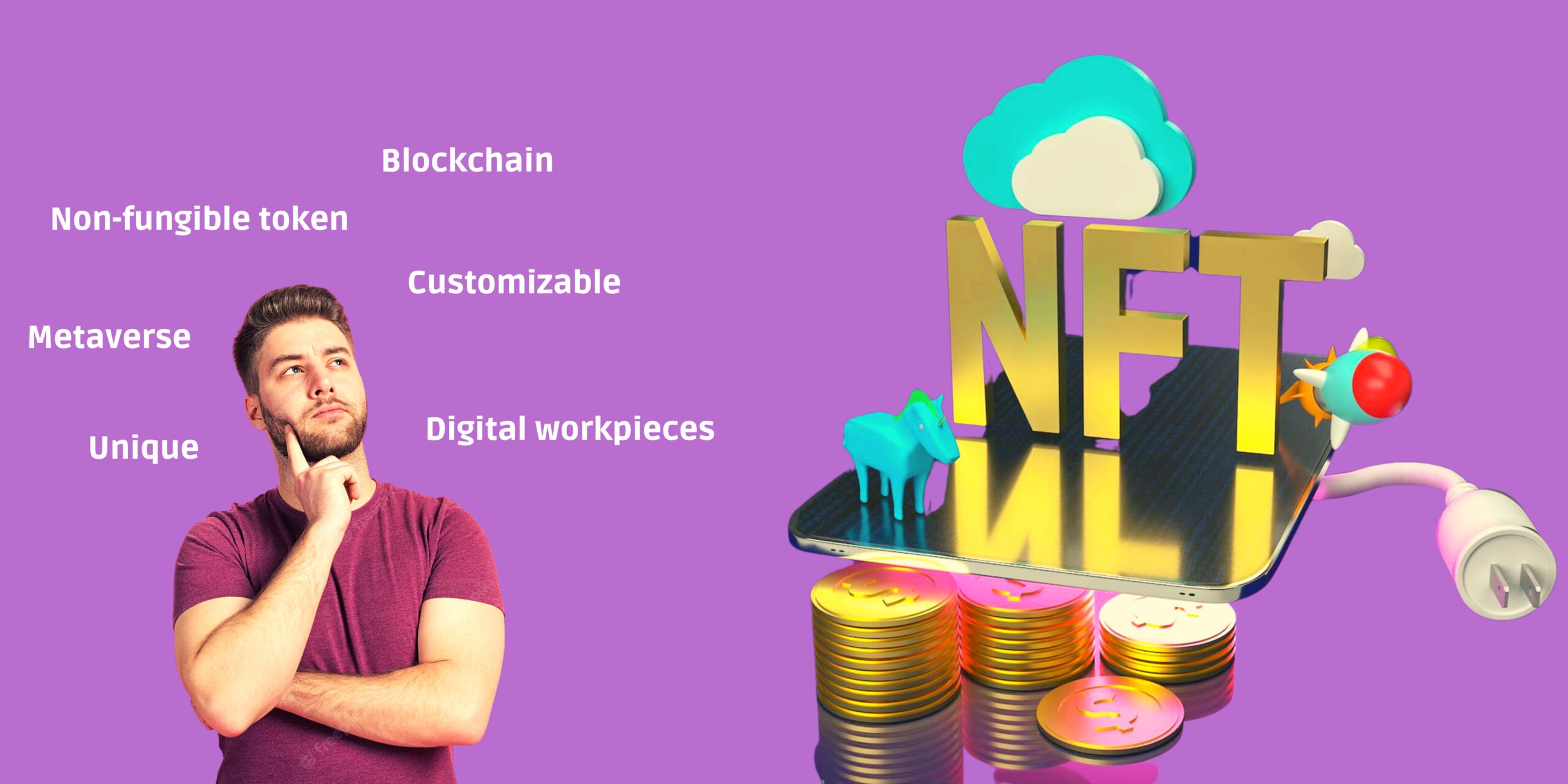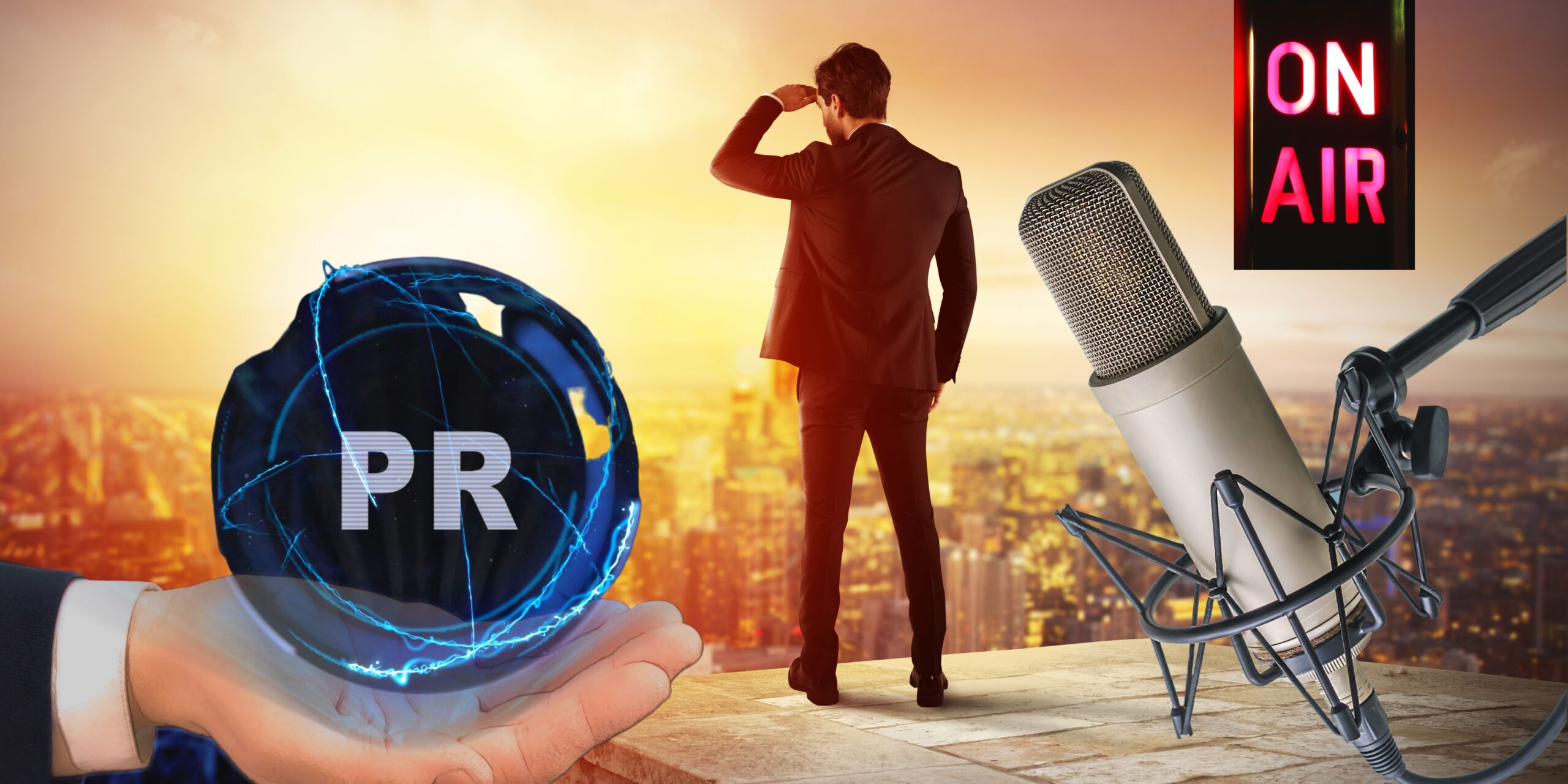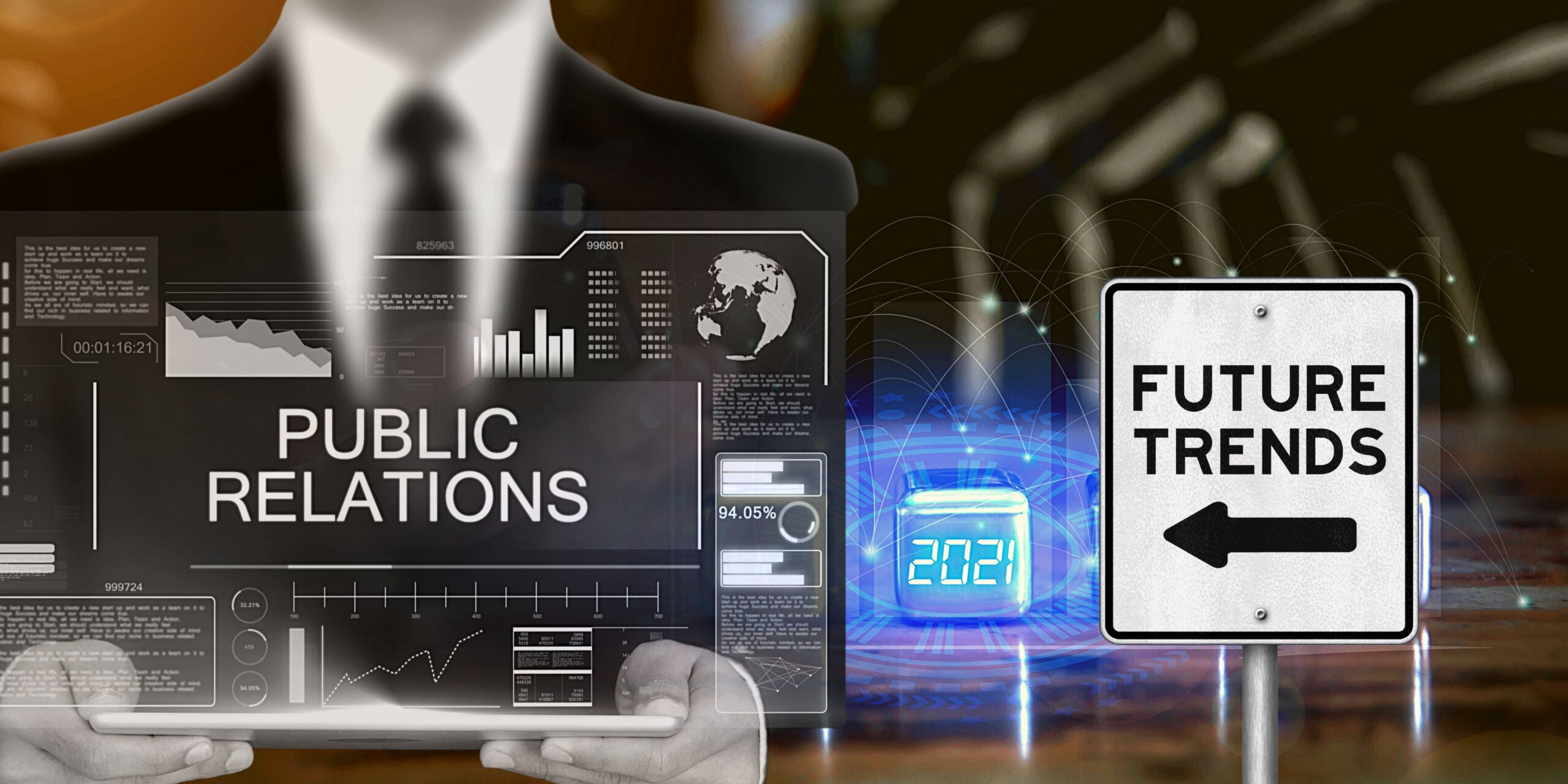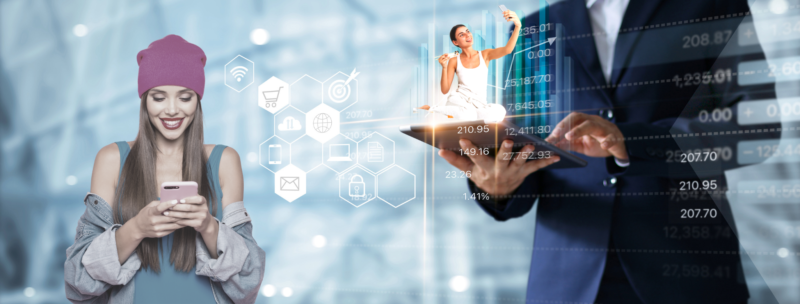
Has the appeal for social influence marketing replaced all the dreams of stardom by becoming a more attractive trade than cinema or pop music? We have acknowledge that being invited to stay in the best hotels, to attend VIP receptions, to test all sort of products before everyone else, etc. in exchange for a few well-framed Instagram photos with the right hashtag to reach a community of fans can be an alluring factor.
Needless to say – social influence marketing has come a long way since it first appeared and is now a real business strategy, as well as a livelihood for a few select influencers. Nevertheless, many are starting to feel the effects of the BIF – or “Branded Influencer Fatigue”. This trend was first observed by Kantar Media as early as the end of 2018. BIF means “the saturation phenomenon felt by consumers and announcers in the face of an overdose of social influence marketing”. People are tired of their favourite influencers giving them the same promotional codes to buy teeth whitener or trendy outfits sold three times the price by distributors purchasing them on Aliexpress… Influencers seem to stall in the face of people looking for more authenticity and honesty.
But social influence marketing is not dead yet! It has become more of a professional trade and, most of all, its approach has shifted. Even though some social network celebrities can boast about having millions of followers, they sometimes secure very few engagements, whilst micro- and nano-influencers, event with their lower numbers of followers (around 10,000) and considering the niche segments they operate on (sewing, zero waste, etc.), have a more active community and sometimes more engagements than Instagram stars. This search for authenticity seems to find an answer in these influencers. Thus, a report published by Socialbakers shows that most of social influence marketing in social media is performed by micro-influencers, who represent 80% of influential people in Asia, Europe and Latin America.
However, Influencers’ power may well be threatened by the announcement by Instagram of its intention to hide the number of “likes”. They are a key indicator to measure influence that brands keep under close scrutiny, as well as the number of followers. But Instagram has found a new solution to this problem: a platform where brands and influencers can meet. This way, brands will be provided with many key indicators to detail the ROI they can expect. With French marketers planning to spend around 45% of their entire marketing budget on social influence campaigns, return on investment remains critical.
Laure Guyon

